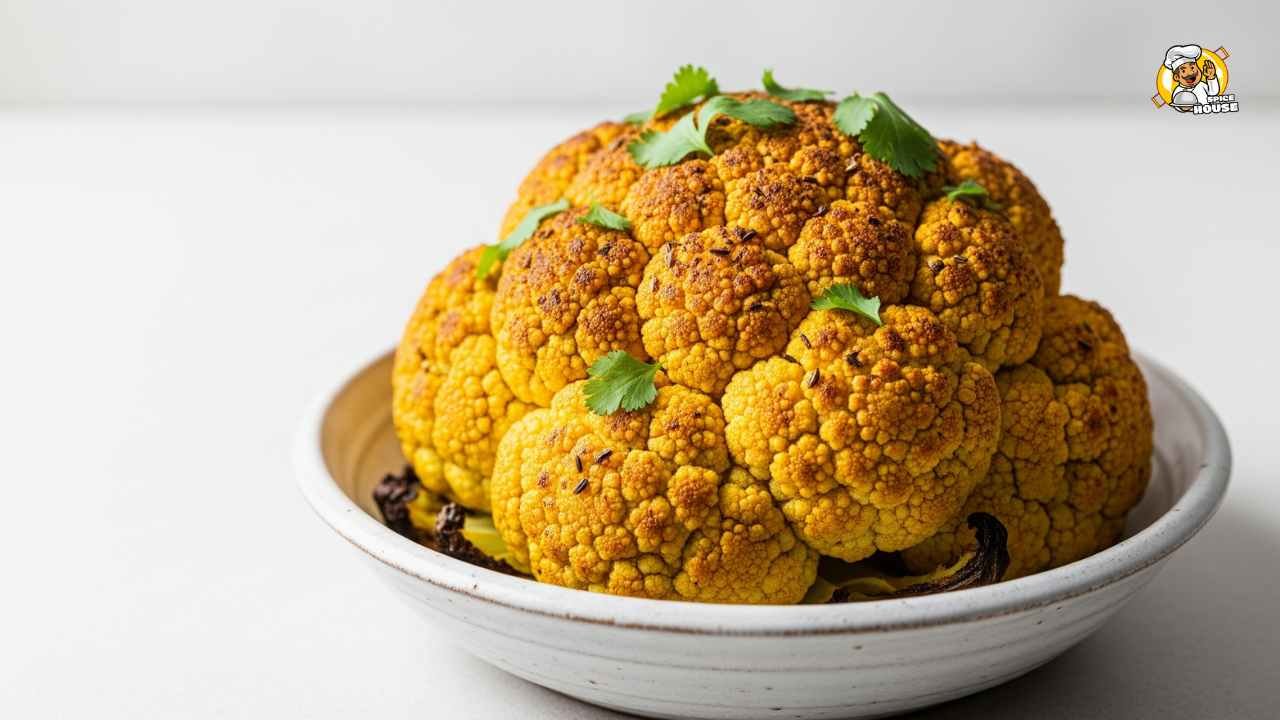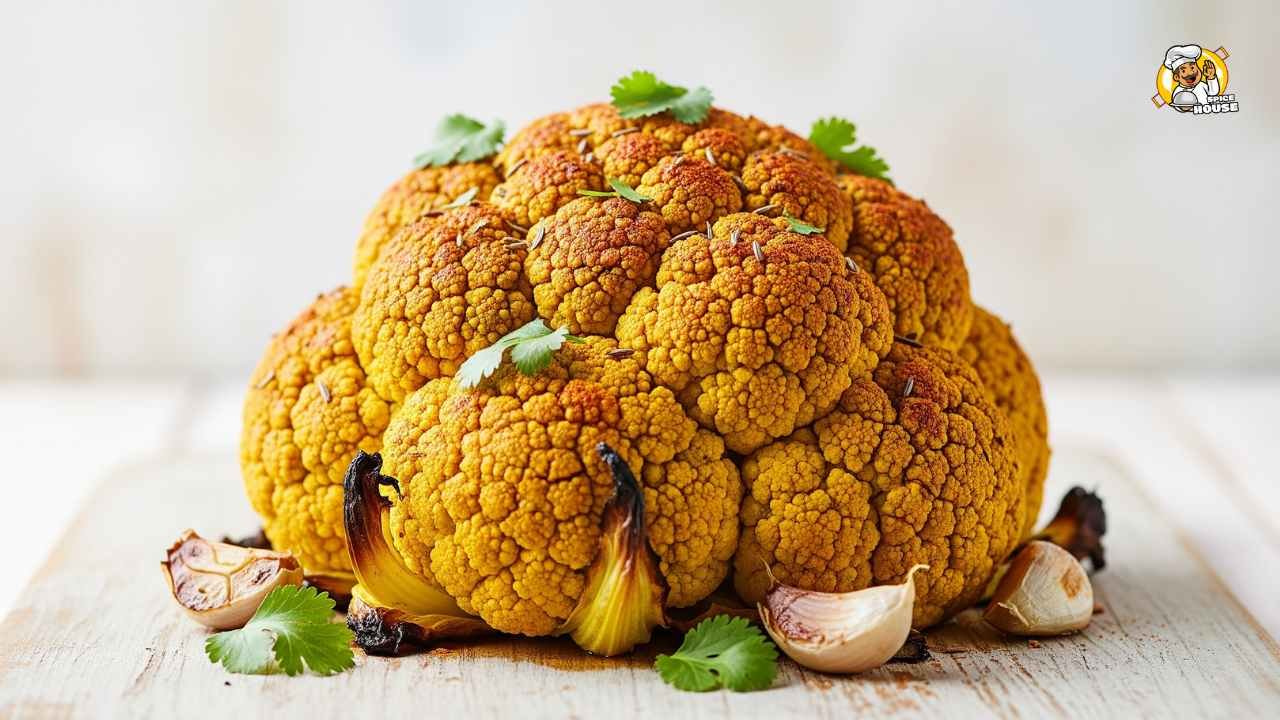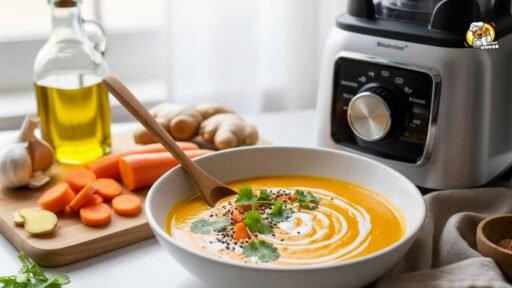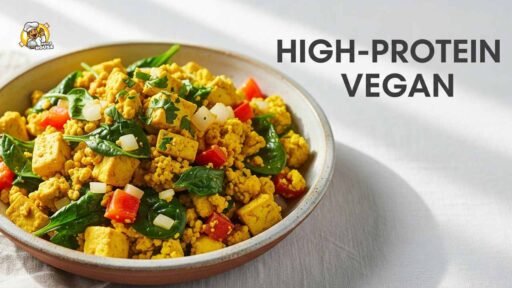Here’s the hard fact: the average American consumes well over 3,300 mg of sodium per day, far above the recommended limit of 2,300 mg, and at least 86% of adults exceed that ceiling in a typical year, which keeps hypertension risk stubbornly high, public‑health officials warn. At the same time, everyday cooks are trying to stretch budgets while eating at home more, with recent government data showing grocery prices running about 2.2% higher year over year, nudging households toward smart, bold flavor that doesn’t require heavy salting.
Now the trend, and the tension: flavor companies are riding a tailwind as consumers chase big taste without the sodium, even as the spice aisle navigates lingering trust issues after high‑profile turmeric recalls over lead contamination, which spooked shoppers and put pressure on brands to prove purity. This split matters to consumers seeking healthier cooking, to retailers optimizing shelf space, and to investors tracking whether flavor‑forward strategies can outpace inflation headwinds and safety scrutiny.
The Data
-
According to the CDC, Americans on average consume more than 3,300 mg of sodium per day, and during 2003–2016, at least 86% of adults exceeded 2,300 mg/day, underscoring a persistent gap between intake and guidelines.
-
A controlled program teaching home cooks to use herbs and spices instead of salt led participants to cut sodium by about 957 mg/day versus controls, indicating that seasoning strategies can materially move the needle.
-
Food‑at‑home prices were 2.2% higher in July 2025 than a year earlier, making cost‑effective, low‑sodium, at‑home meals a practical choice for both health and budgets.
Quick Turmeric Roasted Cauliflower Guides
This is the weeknight‑friendly, pantry‑driven dish that trades salt for a warm, golden spice crust and crisp edges—done at high heat with a simple turmeric‑cumin oil, no special equipment required. The core move is roasting at roughly 425°F with room to breathe on the sheet, after tossing florets in a spice‑bloomed oil so flavor coats every nook without relying on sodium.
-
Ingredients: 1 large cauliflower, 2.5–3 tbsp olive or avocado oil, 1 tsp turmeric, 1/2–1 tsp ground cumin, 1/4 tsp black pepper, optional 1–2 minced garlic cloves, lemon wedges, and fresh herbs like cilantro; keep added salt minimal or omit.
-
Why it works: a hot oven crisps and browns before the interior softens, while briefly blooming spices in warm oil unlock aroma and distribute flavor evenly across the florets.
Turmeric Roasted Cauliflower: Low‑Sodium Flavor (Step‑By‑Step Guide)

Step 1: Shop Smart, Prep Smarter
Choose a firm, heavy head of cauliflower with tight, creamy florets and minimal browning; trim leaves, split the core, and cut into evenly sized florets, about 1 to 1.5 inches, to promote even cooking and browning. High heat is the friend here, because a sufficiently hot oven encourages exterior caramelization and keeps the interior from turning mushy, which is a known pitfall with lower temperatures.
As a baseline, plan for 425°F with convection if available, which helps drive off moisture and enhances crisp edges without the need for heavy salt; the flavor comes from spice and technique, not sodium. Keep the salt shaker off the counter and line up aromatic alternatives—turmeric for earthiness and color, cumin for warmth, black pepper for bite, and a fresh finish of lemon and herbs—to get to “salty‑tasting” satisfaction without actually adding much sodium.
Step 2: Preheat Like a Pro
Here’s the thing: most mediocre oven roasts start with a lukewarm sheet, which steams instead of sears. Preheat the oven to 425°F and place a sturdy, rimmed sheet pan on the middle rack as it heats so the moment the florets hit metal, they sizzle and begin to brown. A crowded pan traps steam; spread florets out with at least a finger’s width between pieces to allow hot air to circulate, which builds crisp edges and a roasty aroma without extra sodium.
If cooking a larger batch, split across two hot trays rather than stacking everything on one, because airflow (and contact with preheated metal) is what turns turmeric‑stained florets deeply golden.
Step 3: Mix The Spice Oil And Bloom It
In a small skillet or saucepan, warm the oil over medium‑low heat and stir in turmeric and cumin until the spices smell vivid and the oil takes on a sunny hue. Usually, 20 to 60 seconds is enough; this is called blooming. The goal is to awaken fat‑soluble flavor compounds so they infuse the oil, which then coats the cauliflower evenly for a punchy, low‑sodium payoff, rather than leaving spice powder raw and patchy.
Add black pepper and minced garlic at the end and pull from the heat before they darken; garlic burns fast, and turmeric can turn bitter if pushed too far, so keep it brief. Pour the warm spice oil over the florets and toss until every surface glistens, which helps the florets brown faster and taste more seasoned, even with little or no added salt.
Step 4: Roast, Flip, Finish
Transfer the coated florets to the preheated sheet, listening for that light sizzle as they touch down—sound is a good cue in dry‑heat cooking. Roast for 20 minutes, then flip with a wide spatula to expose new surfaces to the pan and heat, and continue 5–10 minutes until edges are deeply brown and the thickest stems pierce easily with a fork.
Resist over‑roasting past tender‑crisp; the sweet spot is a firm‑but‑yielding center with bronzed edges, which delivers a “salty” perception via Maillard flavor rather than sodium. If chasing extra color, move the tray to the top rack for the last 2–3 minutes, watching closely so turmeric oils don’t scorch.
Step 5: Brighten and Layer Without Salt
Pull the pan and immediately hit the florets with lemon juice or zest to add acid, a classic way to amplify perceived saltiness without adding sodium, then shower with chopped cilantro or parsley. A few finishing options: tahini or lemon‑yogurt drizzles for contrast, toasted nuts for crunch, or pomegranate arils for sweetness—all satisfying tricks to reduce reliance on salt and still get a “complete” flavor. If a touch of heat is welcome, add Aleppo or red‑pepper flakes, which play beautifully with turmeric’s earthiness and cumin’s warmth. Taste before adding any salt; many will find none is needed once acid and herbs are in the mix, especially when eating with a saucy component or over grains.
Step 6: Serve, Store, and Scale
Serve hot as a side, or fold into salads and bowls where textures mix—think herbs, greens, and a tangy dressing—so each bite hits salty‑enough notes without actual sodium spikes. Leftovers keep well in the fridge for a few days; reheat on a hot sheet for 5–7 minutes to restore crisp edges rather than microwaving, which softens and steams. For batch cooking, toss florets with spice oil and freeze flat on a tray; roast from frozen on a preheated pan, adding a few minutes, and finish with fresh lemon and herbs to revive brightness. Scaling for a crowd? Use multiple preheated pans and rotate racks halfway for even color; it’s logistics, not more salt, that delivers restaurant‑level browning at home.
The People
“Consumer demand for flavor seems to be endless,” McCormick’s then‑CEO Lawrence Kurzius said as the company leaned into bold seasonings while big‑box CPG peers struggled to match shifting tastes. The company’s more recent leadership echoed the same thesis with a sharper line “We do not compete for calories; we flavor them,” while citing collaboration on reformulations to meet evolving health needs. Public‑health voices have been equally blunt: “Too much sodium in our foods leads to high blood pressure,” former CDC Director Tom Frieden emphasized, reinforcing why cooks are turning to herbs and spices for impact over salt.
The Fallout
Analysts and market trackers expect rising demand for sodium‑reduction solutions—ingredients like potassium chloride and umami enhancers—with projections showing the segment in the billions and growing mid‑single to high‑single digits annually this decade. Investors read these trends as a tailwind for flavor portfolios and reformulation services, while grocery operators see a merchandising story: more shelf space for spice blends, low‑sodium shortcuts, and recipe‑driven education that doesn’t compromise taste.
Meanwhile, lingering memories of turmeric recalls over lead contamination keep pressure on brands and retailers to validate sourcing and testing, because one “bad jar” headline can undo years of consumer trust in the spice aisle.
What It Means For The Kitchen (And The Shelf)
For cooks, this smells like a win: technique and spices can cut about a gram of sodium a day in structured programs, without giving up flavor, and that’s before considering budget gains from cooking more at home. For brands, it’s a proving ground to show that flavor can beat salt at scale and supply chains are clean, and loyalty follows; miss on safety or taste, and shoppers pivot fast.
For retailers, the margin story is real private‑label and national spice lines help fill baskets and build traffic while supporting health‑driven merchandising and in‑aisle education, sources say.
Closing Thought
If flavor keeps outrunning salt and shoppers keep rewarding clean, bold spice stories, does the next leg of growth go to the companies that turn low‑sodium cooking into an everyday habit, or will a safety slip in the spice supply chain reset the race?






